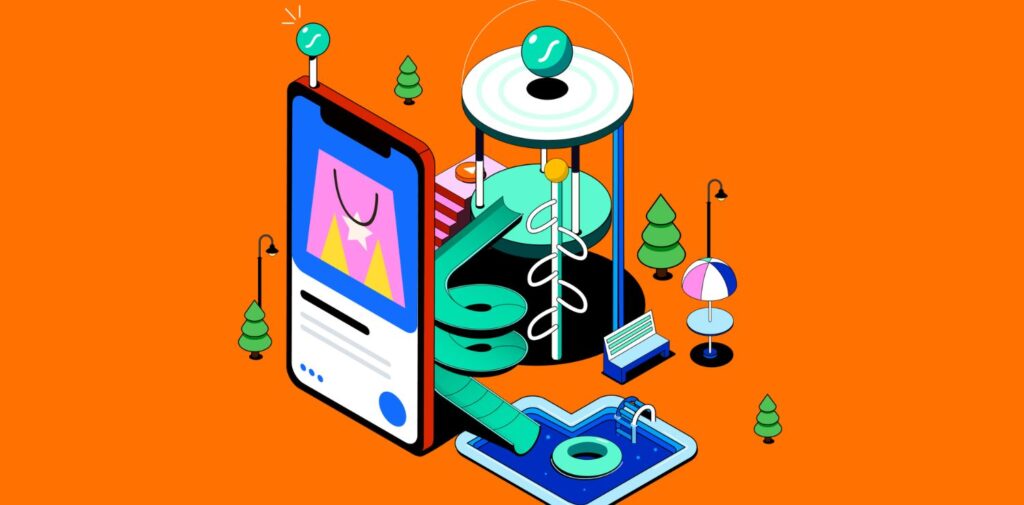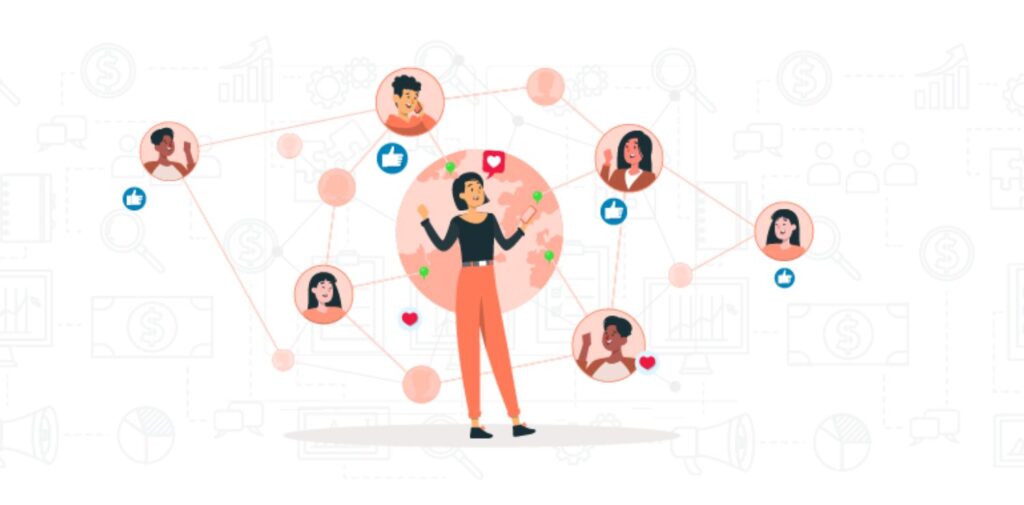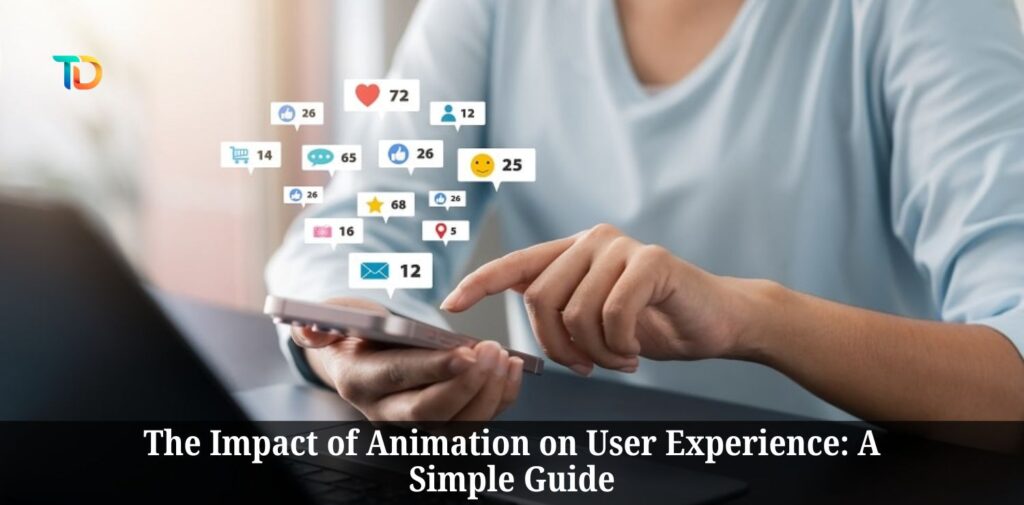In today’s digital world, animation is no longer just a fun addition to websites and apps; it plays an important role in enhancing the user experience. Whether it’s a button that moves when you hover over it or a smooth transition between pages, animation helps make interactions more engaging and enjoyable. But how exactly does animation impact user experience? Let’s break it down in simple terms and explore its benefits.

What is Animation in User Experience?
Animation in user experience refers to the use of moving graphics or visual effects to guide users through an app, website, or software. This can include anything from small movements like buttons fading in, to larger transitions such as changing pages or content. These animations are not just for decoration; they serve a functional purpose to improve how users interact with the product.
Why is Animation Important in User Experience?
Animations play a key role in making digital products more user-friendly and engaging. They can help make an app or website feel more interactive, guide users’ attention to important elements, and provide visual feedback. Animation has the power to turn a simple, static website into a more dynamic, enjoyable experience. Let’s take a closer look at how animation impacts user experience.
Improves Usability
One of the most important benefits of animation is its ability to improve usability. When used correctly, animations help users understand how the product works. For example, when a user clicks on a button, a smooth transition or animation can show that something is happening behind the scenes. This feedback lets users know that their action was successful. It’s like giving them a little sign that everything is working.
Enhances Visual Appeal
Animations can make a website or app more visually attractive. Simple animations, like moving images or text, can catch the user’s eye and make the overall design feel more modern and polished. Well-designed animations not only make a product look beautiful but also help keep the user engaged. For instance, a website with subtle animations may feel more exciting and inviting compared to a static, unchanging one.
Guides Users’ Attention
Another powerful way animation impacts user experience is by guiding the user’s attention. When there’s a lot of information on a screen, it can be overwhelming for users to know where to look first. Animation can help direct users to the most important elements. For example, a button that subtly pulses or changes color can grab the user’s attention and encourage them to take action, such as making a purchase or signing up for a newsletter.
Makes Navigation Smooth and Intuitive
Animation can also make navigation smoother and more intuitive. Instead of abrupt changes when switching from one page to another, animations like fading or sliding transitions help make the experience feel more seamless. This creates a smoother flow and makes users feel more comfortable as they explore the app or website. The fluid movement of animation reassures users that they are moving through the digital space in an organized way.
Reduces Cognitive Load
Cognitive load refers to how much mental effort a user has to put into understanding or navigating a product. If a website or app is too complex or has a confusing layout, users may feel stressed or frustrated. Animation can reduce cognitive load by providing clear visual cues. For example, a loading animation during a delay gives users something to focus on, reducing anxiety while they wait. It also helps set expectations, so users know the system is processing their request.

Creates Emotional Connection
Animations can help create an emotional connection between the user and the product. A well-executed animation can surprise and delight users, making them feel more positive about the brand or product. For example, a playful animation on a children’s website can make the experience feel more fun and engaging. Similarly, a smooth and elegant animation on a luxury brand’s website can enhance the feeling of sophistication.
Conclusion: The Power of Animation in User Experience
In today’s competitive digital space, animation is much more than just a decorative element. It has the power to improve usability, guide attention, enhance visual appeal, and create a memorable experience. By adding the right animations, businesses can make their websites and apps more engaging, intuitive, and enjoyable for users. Whether you are designing a website, an app, or any other digital product, using animation thoughtfully can create a better, more satisfying user experience. So, the next time you interact with a digital product, take a moment to notice how animations are helping you navigate smoothly and feel more engaged.
